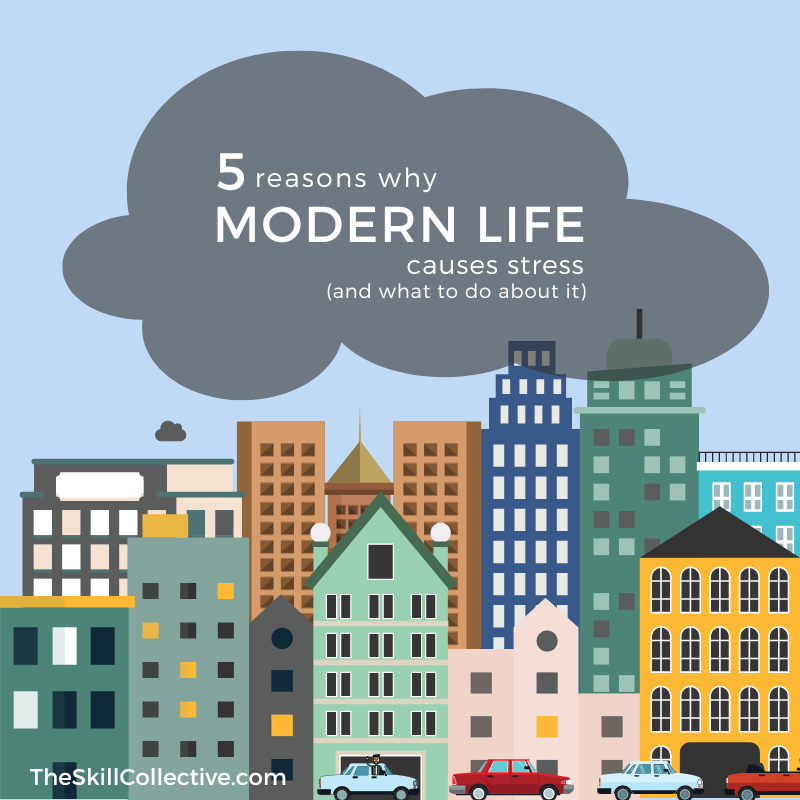5 reasons why modern life causes stress (and what to do about it)
(Updated July 2023) Experiencing stress and burnout? The stressors of modern day and lifestyle challenges may be making things worse. Here’s what to do about it.
Workplace mental health: What is leaveism?
When it comes to work, we may be familiar with the terms absenteeism and presenteeism in relation to attendance and engagement. Let’s take a closer look the lesser-known, related concept of leaveism.


